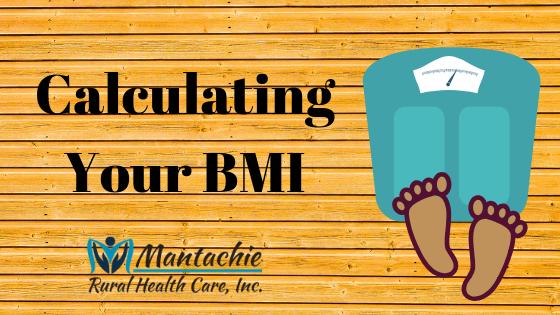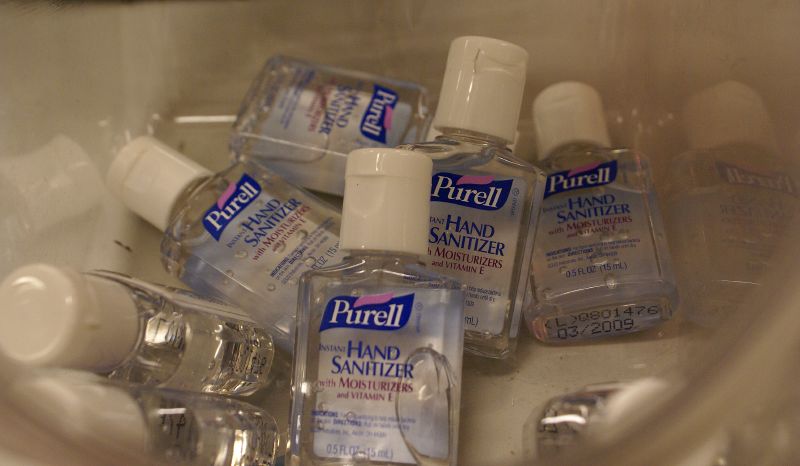
If you need to lose weight to manage your diabetes or simply get healthier and reduce your risks of conditions like diabetes, high blood pressure, and high bad cholesterol, start by calculating your body mass index (BMI).
What is the BMI scale and How Do I Use It?
The body mass index uses weight x’s height to calculate your BMI number. The number, measured on a scale, indicates if a person is underweight, normal weight, overweight, or obese.
BMI Scale
- Underweight = <18.5
- Normal Weight = 18.5 – 24.9
- Overweight = 25 – 29.9
- Obese = 30 or greater
You can calculate your BMI at home. Luckily, you don’t have to be great at math to do it, thanks to handy online calculators. Try this one from the National Blood Heart and Lung Institute. You’ll find other links here including the BMI table, which shows you where your weight lies on the scale and the ideal weight number for your height. You’ll also find information on how to get started controlling your weight and recipes to help you eat healthier.
The keys to weight loss are support and an organized plan to not only lose weight but keep it off for good. Our Witcher’s Weightloss Warriors meet every Monday to support one another and learn healthy habits. The best news? The program is free! Contact Mantachie Rural Healthcare today to schedule an appointment to discuss your results and learn how to sign up for our Witcher’s Weightloss Warriors!










